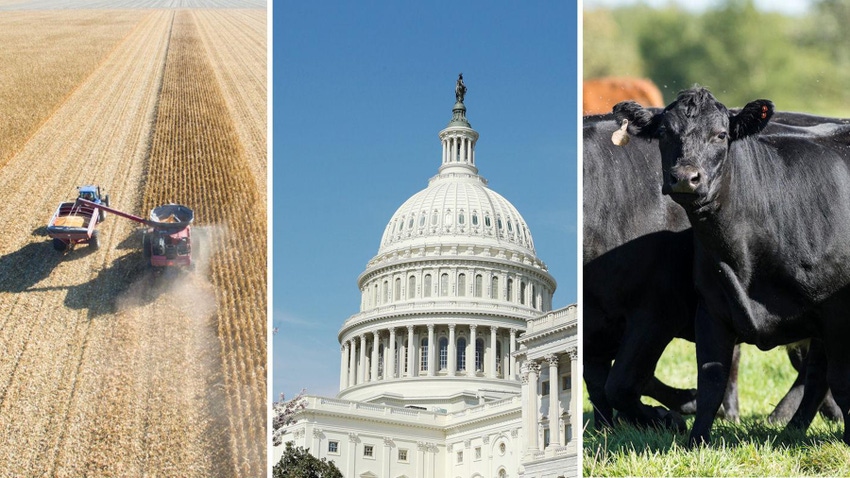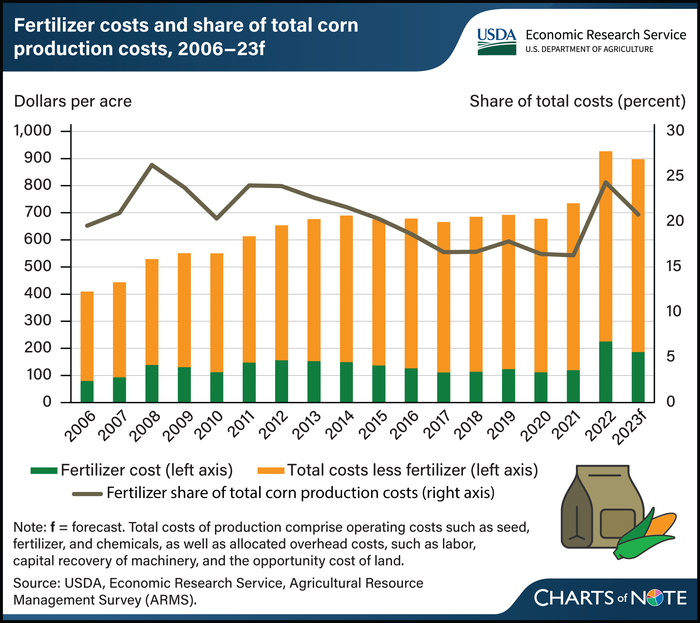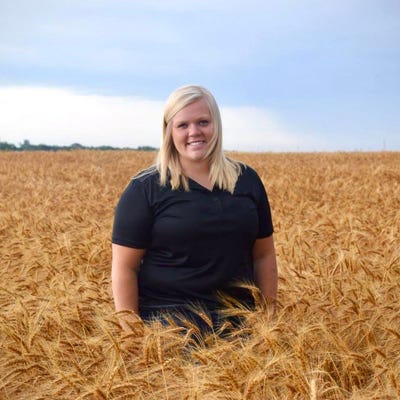
Did you miss some news this week? We’ve got you covered. Here’s a collection of the top headlines in agriculture.
USDA’s 2024 acreage estimates surprise the markets
USDA’s farmer-surveyed Prospective Plantings report found that 2024 corn acreage is going to see a bigger decline than what had previously been expected. Farmers only expect to plant 90.0 million acres of corn this spring, down nearly 5% (4.6 million acres) from year ago sowings. Soybean acres are forecast to see a 2.9-million-acre annual increase, rising to 86.5 million acres planted in 2024. – Farm Futures
HPAI detected in dairy cattle
The U.S. Department of Agriculture and the U.S. Food and Drug Administration confirmed the mystery disease affecting dairy cattle in Kansas, New Mexico and Texas as highly pathogenic avian influenza, commonly known as bird flu, early this week. Another case was detected in Idaho on Thursday. Cattle infected with avian influenza can exhibit flu-like symptoms, but officials confirm that dairy products are still safe to consume. – Farm Progress
Baltimore port is an ag equipment hub
Early Tuesday morning, a container ship plowed into a column of the Francis Scott Key Bridge in Baltimore, sending the bridge’s steel superstructure into the cold Patapsco River below. The port is closed to shipping traffic until further notice. For agriculture, the Port of Baltimore is the closest in proximity to the Midwest and is the largest U.S. port by volume for handling farm and construction machinery. – American Agriculturist
Hylio receives FAA exemption for drones
Texas-based startup Hylio received permission from the Federal Aviation Administration to swarm drones carrying a payload above 55 pounds, laying the groundwork for integration into large-scale farming operations. The exemption allows up to three drones to fly at once using just one pilot and no visual observer. – Agriculture Dive
Cattle emissions bill receives bipartisan support
On Wednesday, senators introduced the EMIT LESS Act to expand research programs for feed additives. The legislation includes voluntary conservation program incentives to make it easier for farmers to access new products. Numerous industry groups endorsed the bill, including the National Cattlemen’s Beef Association and the National Milk Producers Federation. – Farm Progress
What’s keeping egg prices high this Easter?
Egg prices are at near-historic highs in many parts of the world as the spring holidays approach, reflecting a market scrambled by disease, high demand and growing costs for farmers. The average price of a dozen eggs was $2.99 in February, down from $4.21 last year, according to government data. Still, that’s significantly more than the $1.59 per dozen consumers were paying in February 2021. – AP News
Fertilizer costs easing for corn production
Historically, fertilizer is typically the largest variable expense associated with corn production. The average cost of fertilizer per acre from 2006 to 2021 was around $125, not adjusting for inflation. Costs jumped to $225.78 per acre in 2022, and then fell to an estimated $186.73 in 2023. This represents an 89% increase from 2021 to 2022 followed by a decrease of 17% from 2022 to 2023.
Iowa prices published by USDA’s Agricultural Marketing Service for anhydrous ammonia, urea, and liquid nitrogen show decreases from 2023 to 2024. – USDA

About the Author(s)
You May Also Like






